Introduction
The Uttar Pradesh Review Officer (RO) and Assistant Review Officer (ARO) examination, conducted by UPPSC, is one of the most competitive state-level exams. To crack this exam, aspirants must understand not only the syllabus and books but also the trend of previous year papers.
Analyzing previous year papers helps aspirants:
This article provides a detailed analysis of UP RO/ARO papers from 2020 to 2024, covering question distribution, syllabus coverage, and key learnings for the upcoming exam.
1. UP ARO/RO Exam Pattern Recap
Prelims Exam
Mains Exam
Note: ARO candidates also face a typing test in Hindi.
2. Importance of Previous Year Paper Analysis
3. Year-wise Analysis of UP RO/ARO (2020–2024)
(A) UP RO/ARO 2020 Paper Analysis
Observation: Paper was moderate, Current Affairs-heavy. Hindi required practice in grammar and idioms.
(B) UP RO/ARO 2021 Paper Analysis
Observation: More static questions compared to 2020. Current Affairs still crucial.
(C) UP RO/ARO 2022 Paper Analysis
Observation: Balanced paper with equal weightage for static and current. Hindi was slightly tougher.
(D) UP RO/ARO 2023 Paper Analysis
Observation: Current Affairs dominated Prelims. Hindi remained moderate but required practice in essay & precis.
(E) UP RO/ARO 2024 Paper Analysis
Observation: Paper tilted heavily towards Current Affairs. Static subjects still had importance but needed integration with contemporary events.
4. Comparative Trend (2020–2024)
Subject/Year20202021202220232024Trend
History
25
28
25
22
20
Stable but slightly declining
Polity
18
20
20
18
15
Moderate decline
Geography
20
22
20
18
20
Consistent
Economy
12
10
15
12
14
Slight increase
Current Affairs
28
25
22
27
30
Rising sharply
Science/Tech
15
14
16
12
12
Stable
Hindi Grammar
Strong
Strong
Tough
Moderate
Strong
Consistent focus
Key Takeaways:
Current Affairs weightage is increasing every year.
History and Polity remain important but not as dominant as earlier.
Hindi section consistently demands grammar + essay practice.
Precis and Essay writing topics were more contemporary (AI, Digital India, Climate Change).
Major focus on grammar rules and official drafting style.
General Hindi
Science: 10–12 questions.
Geography: 18–20 questions.
Economy: 12–14 questions.
Polity: 15 questions.
History: 18–20 questions.
Current Affairs: 30 questions (highest weightage in 5 years).
General Studies
Translation-based practice in Mains.
Idioms & Proverbs: 6 questions.
Sentence correction: 8 questions.
Vocabulary: 12 questions.
General Hindi
Miscellaneous GK: 10–12 questions.
Current Affairs: 25–27 questions.
Environment/Ecology: 12 questions.
Geography: 15–18 questions.
Polity: 18 questions (Constitution + Governance).
History: 20–22 questions (with focus on Medieval).
General Studies
Essay topics in Mains connected to Indian society and environment.
Sentence rearrangement introduced.
High weightage of Sandhi, Samas, Alankaar.
General Hindi
General Science: 14–16 questions.
Current Affairs: 20–22 questions.
Geography + Environment: 20+ questions.
Economy: 12–15 questions.
Polity: 18–20 questions.
History & Freedom Movement: 22–25 questions.
General Studies
Essay topics in Mains focused on social issues.
Synonyms/Antonyms – 12 questions.
Strong focus on grammar.
General Hindi
Miscellaneous (Sports, Awards): 10 questions.
Science: 12–14 questions.
Current Affairs: 22–25 questions (National + International).
Geography (Physical + Indian): 18–22 questions.
History (Modern + Medieval): 25–28 questions.
Polity: 20+ questions (many from Laxmikant basics).
General Studies
One-word substitution: 6–7 questions
Sentence correction: 8–10 questions
Idioms & Phrases: 6–8 questions
Vocabulary (Synonyms, Antonyms): 10–12 questions
Grammar: 15–18 questions
General Hindi
Reasoning/Maths: 10–12 questions
General Science: 12–15 questions
Current Affairs: 25–28 questions
Economy: 10–12 questions
Geography & Environment: 18–20 questions
Polity & Governance: 15–18 questions
History & Culture: 20–25 questions
General Studies
Useful for practicing MCQs and answer-writing styles.
Provides trend insights on difficulty level.
Helps identify focus areas for GS and Hindi.
Shows topic-wise weightage (History, Polity, Geography, etc.).
Total = 340 marks
Paper III – Hindi Essay: 120 marks | 3 hours
Paper II – General Hindi & Drafting: 100 marks | 2.5 hours
Paper I – General Studies: 120 marks | 2 hours
Total = 200 marks
Paper II (General Hindi): 60 marks | 1 hour
Paper I (General Studies): 140 marks | 2 hours
Plan a smart preparation strategy.
Spot repeating questions and themes.
Understand difficulty level.
Identify important topics.

Lakshya IAS
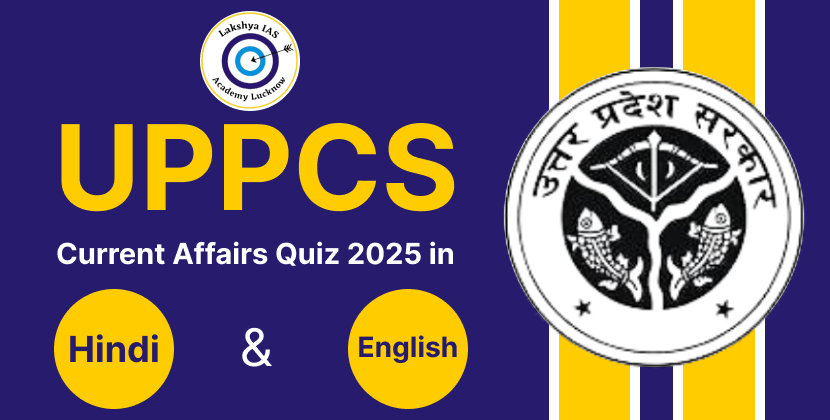
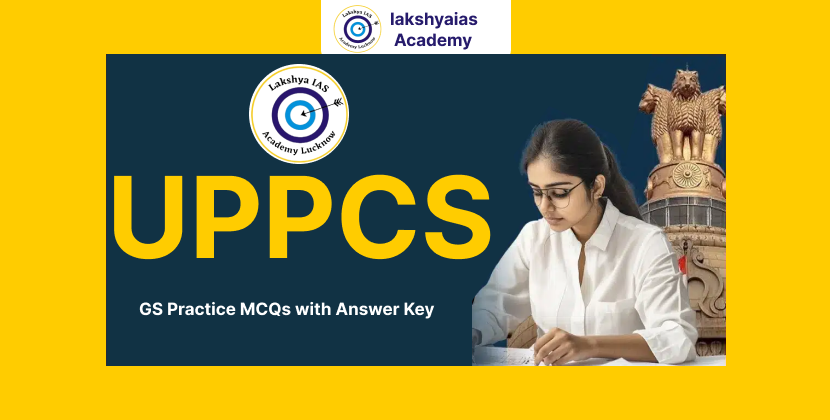
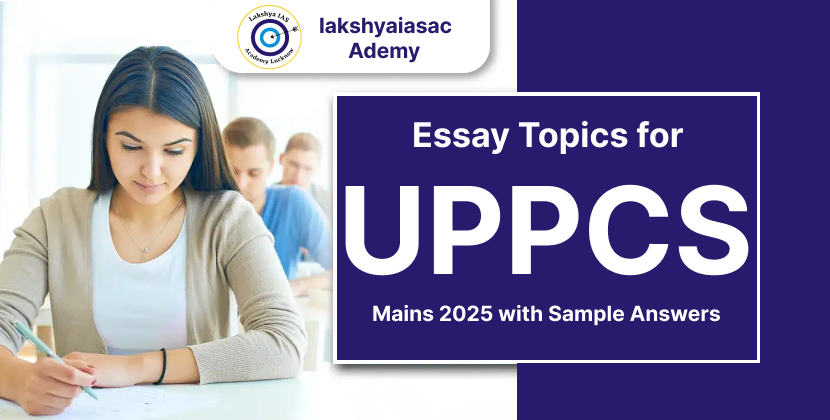
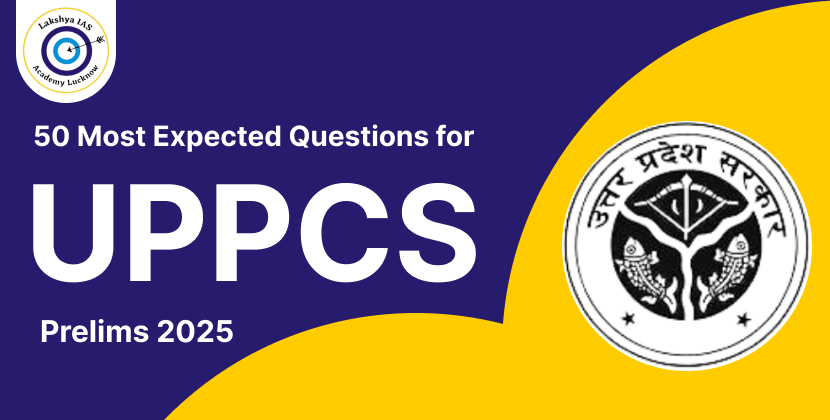
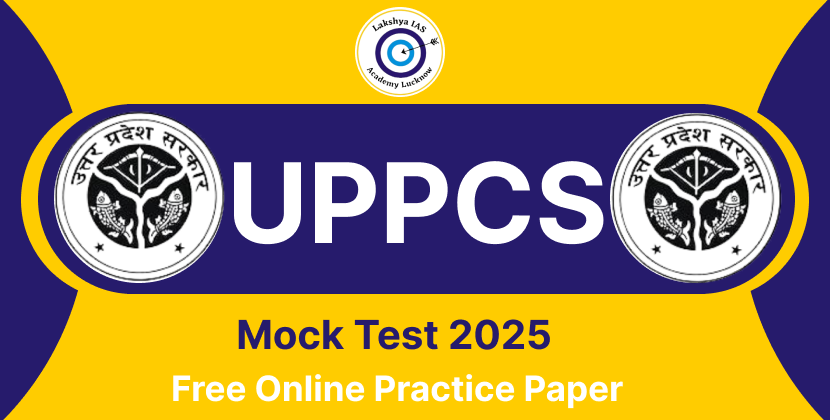
.png)
.png)

.png)
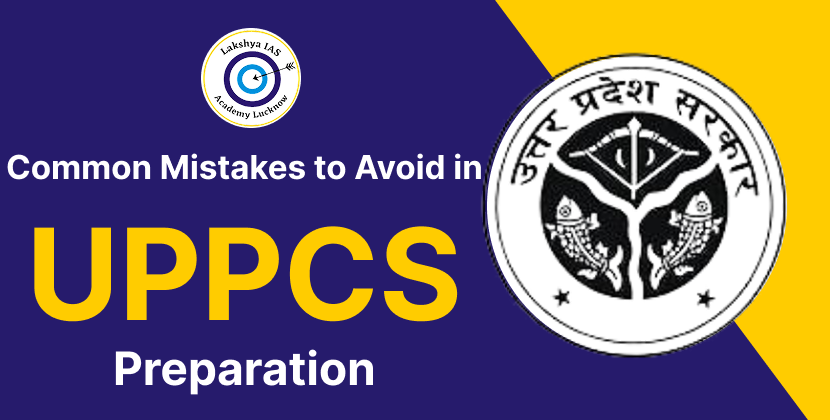
Leave a Comment